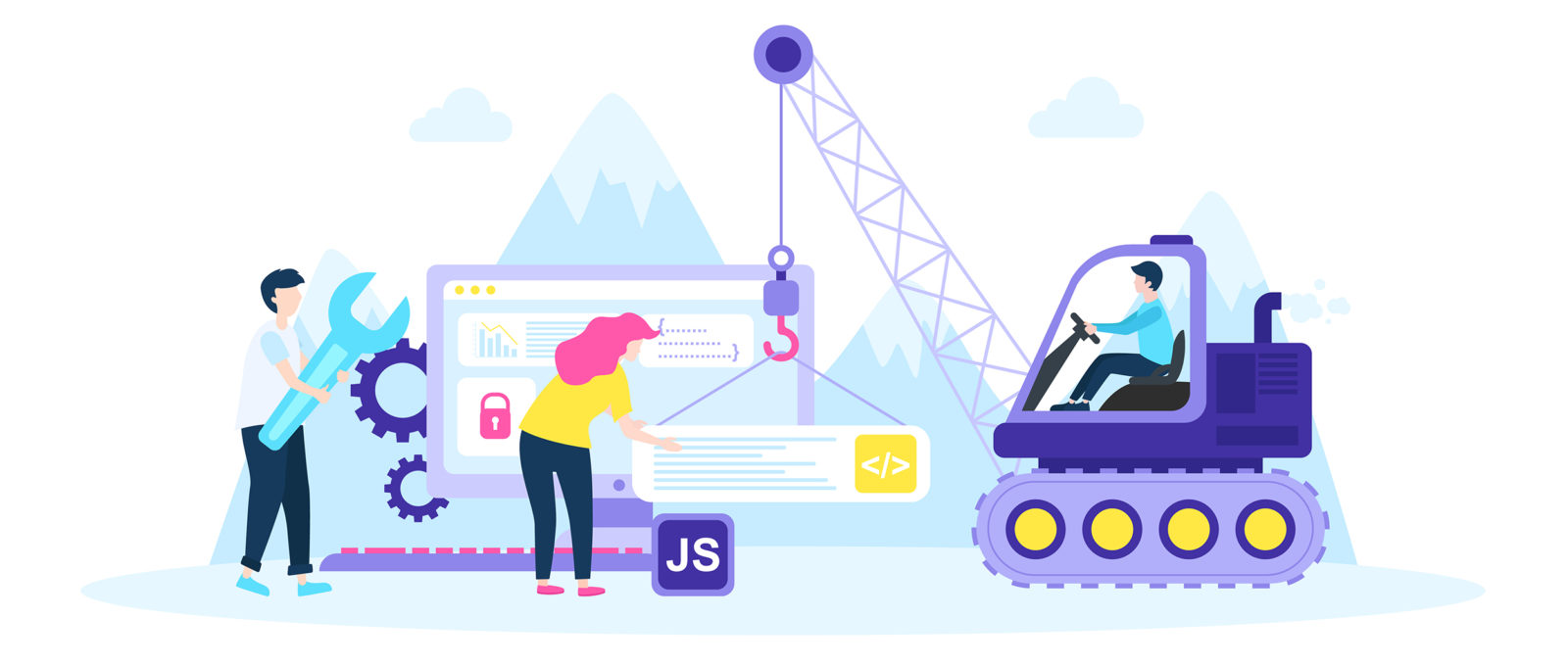Fascinated In Learning Just How Site Layout Has Progressed? Take A Trip Through The Transformation
Fascinated In Learning Just How Site Layout Has Progressed? Take A Trip Through The Transformation
Blog Article
Authored By-Kinney Hyldgaard
In the past, web sites were easy and concentrated on details. Navigation was direct, and design was for desktops. Now, user experience is key. Data overviews layouts for very easy navigation. Responsive formats match various devices. Today, dark setting minimizes stress, and minimal menus boost navigation. Interactive functions engage users, and vibrant visuals stand out. AI integration increases engagement. See just how layout has developed to enhance your on the internet trip.
Very Early Days of Website Design
In the early days of web design, simplicity preponderated. Sites were standard, with limited colors, typefaces, and layouts. The emphasis was on offering information as opposed to fancy visuals. Individuals accessed the internet via slow dial-up connections, so rate and functionality were crucial.
Navigating food selections were straightforward, typically situated at the top or side of the web page. Internet sites were made for home computer, as mobile browsing wasn't yet widespread. Content was king, and developers prioritized easy readability over complicated design elements.
HTML was the key coding language made use of, and developers had to work within its restrictions. Computer animations and interactive features were very little contrasted to today's criteria. Websites were fixed, with little vibrant content or personalized individual experiences.
Increase of User-Focused Style
With the advancement of website layout, a change towards user-focused design concepts has ended up being progressively noticeable. Today, developing web sites that prioritize individual experience is critical for engaging visitors and attaining business objectives. User-focused design involves understanding the requirements, choices, and actions of your target audience to tailor the website's layout, content, and features accordingly.
Developers currently carry out complete study, such as customer surveys and use screening, to gather understandings and responses directly from users. This data-driven approach helps in creating intuitive navigation, clear calls-to-action, and aesthetically attractive user interfaces that reverberate with visitors. By putting the individual at the center of the design procedure, web sites can supply a more tailored and pleasurable experience.
Responsive layout has actually likewise emerged as a vital facet of user-focused style, guaranteeing that sites are enhanced for different devices and screen sizes. This versatility boosts ease of access and functionality, accommodating the diverse means customers engage with sites today. Essentially, the surge of user-focused style signifies a change in the direction of creating digital experiences that focus on the needs and assumptions of completion user.
Modern Trends in Web Design
Discover the current fads forming website design today. One noticeable trend is dark setting layout, using a smooth and modern-day look while lowering eye stress in low-light environments. Another crucial pattern is minimalist navigating, streamlining menus and improving user experience by concentrating on essential elements. Including micro-interactions, such as animated buttons or scrolling impacts, can produce a much more appealing and interactive site. Receptive design continues to be important, ensuring smooth individual experiences across numerous devices. Additionally, using strong typography and asymmetrical layouts can add aesthetic passion and accentuate particular web content.
Integrating AI modern technology, like chatbots for client assistance or customized referrals, improves customer engagement and streamlines procedures. Availability has also end up being a significant fad, with designers prioritizing inclusive design techniques to satisfy varied individual requirements. Embracing sustainability by maximizing website efficiency for rate and efficiency is another emerging fad in website design. https://www.socialmediatoday.com/news/12-helpful-seo-tools-for-your-brand-in-2022-infographic/617547/ with individual feedback and data analytics to iterate and enhance design continually is essential for staying pertinent in the ever-evolving digital landscape. By accepting these modern-day trends, you can develop an aesthetically attractive, user-friendly website that resonates with your target market.
Final thought
As you review the evolution of internet site layout from the early days to currently, you can see just how user-focused style has ended up being the driving pressure behind modern patterns.
Welcome the journey of adjustment and adjustment in web design, constantly keeping the customer experience at the center.
Tippingpointdigital
Remain present with the most recent trends and modern technologies, and never ever quit advancing your strategy to create aesthetically spectacular and straightforward web sites.
Progress, adjust, and develop - the future of web design remains in your hands.
